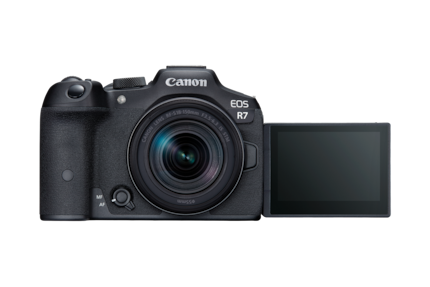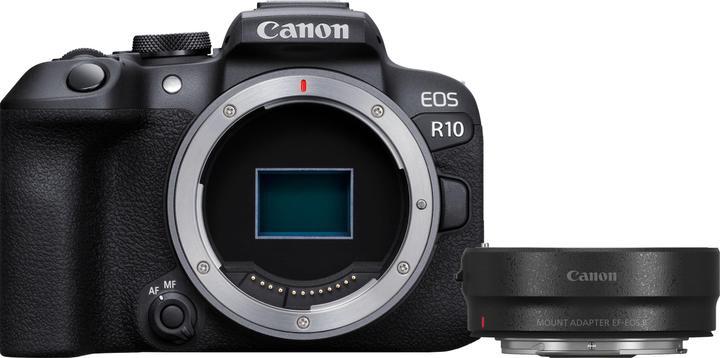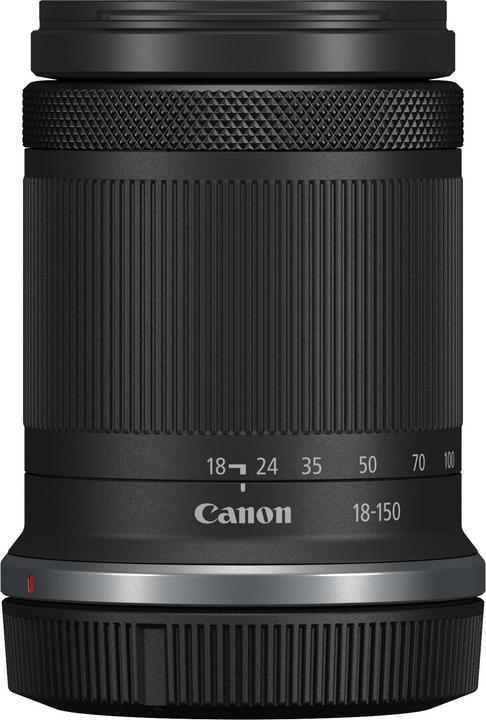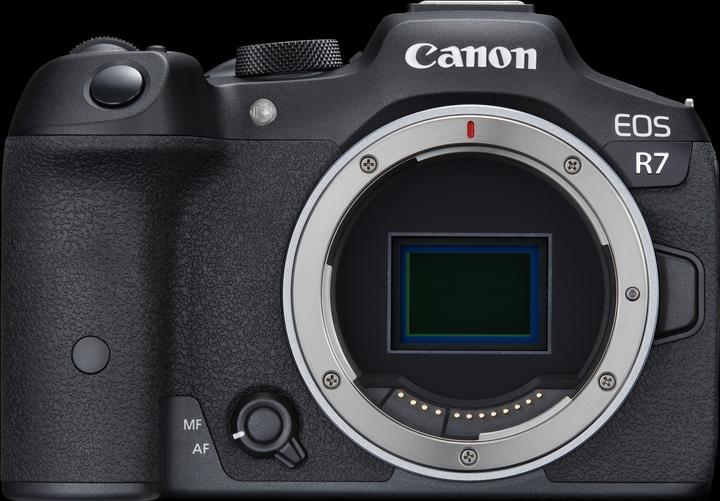
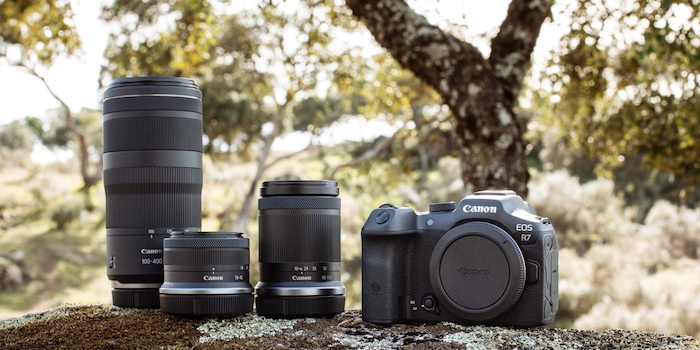
Canon brings EOS-R cameras with smaller sensor
The mirrorless R system is no longer reserved for full-frame. This summer, Canon is launching two quite ambitious APS-C cameras and two matching lenses.
Canon changes something fundamental with the two new cameras. Until now, the EOS R system was for full-frame cameras. Cameras with the smaller APS-C sensor fall into the EOS M system. From now on, there are also EOS R cameras with an APS-C sensor.
The EOS M system will not be discontinued because of this. The two new cameras are not successors of EOS M models, but are placed above them. This means that the EOS R is for ambitious photographers, regardless of the sensor size, and the EOS M is more for beginners and casual photographers.
Canon is also introducing two new lenses at the same time as the new cameras.
Canon EOS R7
With the R7, there will finally be another really ambitious APS-C camera for sports, action and wildlife photography from June 2022. In other words, a camera with the same purpose as the SLR EOS 7D, which is out of date even in its second generation.
The built-in image stabilizer compensates for up to 8 stops of exposure, according to the manufacturer. The sensor's resolution is 32.5 megapixels.
The R7 doesn't let itself down in the video area either. 4K at 30 fps is downsampled from 7K, which should result in very sharp pictures. 4K at 60 fps is also available, without cropping, but also without 7K downsampling. Canon specifies 6 hours as the maximum recording time. This camera offers headphone and microphone ports and the Canon-Log 3 profile for post-processing color and tone (color grading).
Oh yes: If you still want a crop, for example to get a bird even bigger on the picture, you can activate it at 4K. The camera then simply processes the middle 3840×2160 pixels of the sensor.
The screen with 540,000 pixels can be folded out to the side and then rotated by 170 degrees. The OLED viewfinder offers a resolution of 1024×768 pixels and a frame rate of either 60 or 120 frames per second.
Canon EOS R10
4K video can be downsampled from 6K by the R10, again only at 30 fps. At 4K with 60 fps, you have to accept a crop with this camera. The maximum runtime is two hours, according to the manufacturer.
The screen has the same movement as the R7, but a lower resolution of about 350,000 pixels. The viewfinder is the same.
Lenses
The following lenses can be connected to the APS-C cameras of the R system:
Both lenses are also available in a kit with the R7 or R10.
Of course, these two lenses do not cover every application by far. More RF-S lenses are urgently desired. Canon has not yet shown a roadmap.
My interest in IT and writing landed me in tech journalism early on (2000). I want to know how we can use technology without being used. Outside of the office, I’m a keen musician who makes up for lacking talent with excessive enthusiasm.
From the latest iPhone to the return of 80s fashion. The editorial team will help you make sense of it all.
Show all